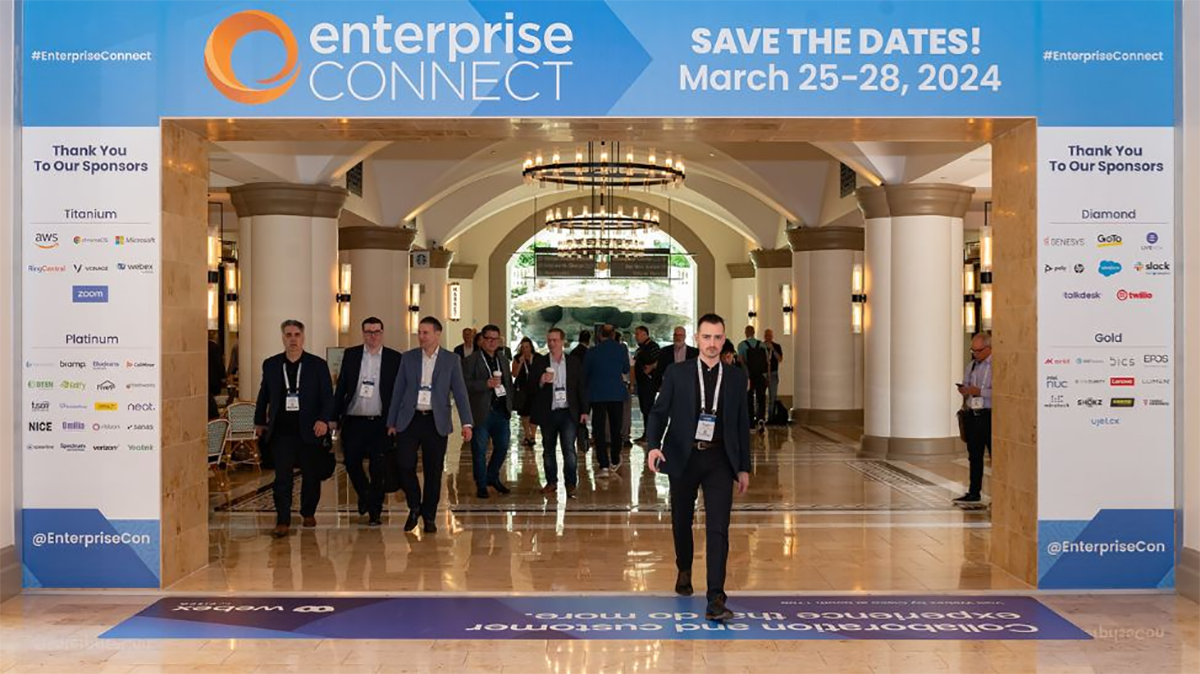Businesses are constantly looking for flexible communication options that scale and easily adapt to their changing business and telecommunication needs. They need solutions that empower systems to do more at a faster pace with less cost and effort. For most users, Least Cost Routing (LCR) provides intelligent and value-based routing of calls.
How Least Cost Routing (LCR) works to benefit a business
LCR is software that looks for the least expensive way to route phone calls. It directs the path of outbound and inbound call traffic to a route that delivers the best call quality and rates.
To illustrate, a telephone company in California looking for a calling path to New York will assess the calling rates from select telecom companies operating in New York. The California company then chooses the provider that will successfully deliver calls at the lowest cost.
For decades, least cost routing was done by directing calls to a telephone switch or private branch exchange (PBX). With the unprecedented explosion of calls, legacy system switches are unable to accept routing tables due to a limited memory of just a few million routes. Additionally, exporting calls to the switch can be slow during heavy traffic.
Today, newer LCR models powered by the cloud are able to handle tens of millions of routes. They use routing engines and software running on servers with sufficient Random Access Memory (RAM) that can host tens of millions of routes. Routing response time is typically a few milliseconds.
Striking a delicate balance between Quality of Service (QoS) and cost
LCR solutions were designed to optimize call processes and maximize profits. Balancing call quality and cost requires that decision-makers have a full understanding of their voice environments. Monitoring traffic routes, volumes, geographic origins and destinations, as well as peak and slump patterns is key to making smarter decisions.
Call logging is an equally important tool that provides graphical and summary reports. It helps control cost by department, trunk, or individual extension and discovers instances of telephone fraud. It helps manage the performance of operators with the aim of meeting or even exceeding acceptable target levels set by the organization. It also reports whether the system is being over or under-utilized, tracking call patterns where capacity needs to be increased or decreased to save on costs. Finally, its QoS reporting is an all-important detail that helps improve system performance and satisfy customers.
Network design in LCR selection
End users expect their phones to work perfectly all the time. The challenge for IT managers is the sourcing and delivery of a solid and redundant solution. Network design and vendor choice are major considerations when making a decision because of limitations on network design compatibility and vendor capabilities.
To get the most value from a least cost routing solution, carriers and service providers may wish to consider vendors that offer a compatible routing solution in an integrated, proven platform. And for a more powerful competitive communications edge, companies should opt for a dynamic solution that answers the challenges of changing needs.
Get a demo of Commio’s LCR software to route your calls and deliver quality, savings, and redundancy.
















